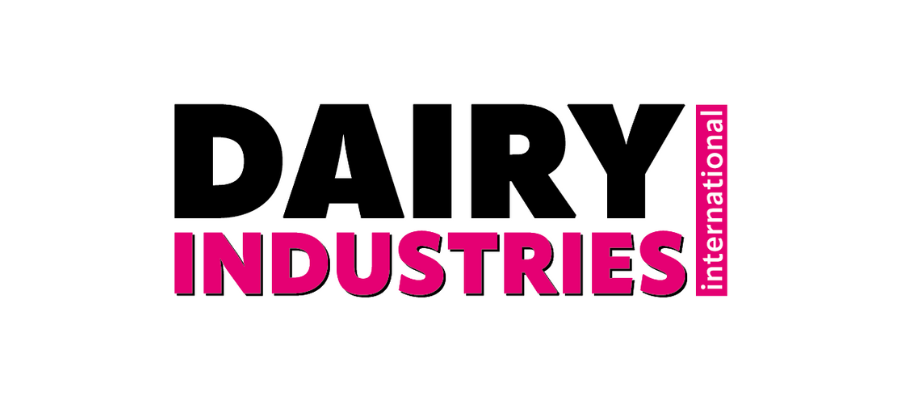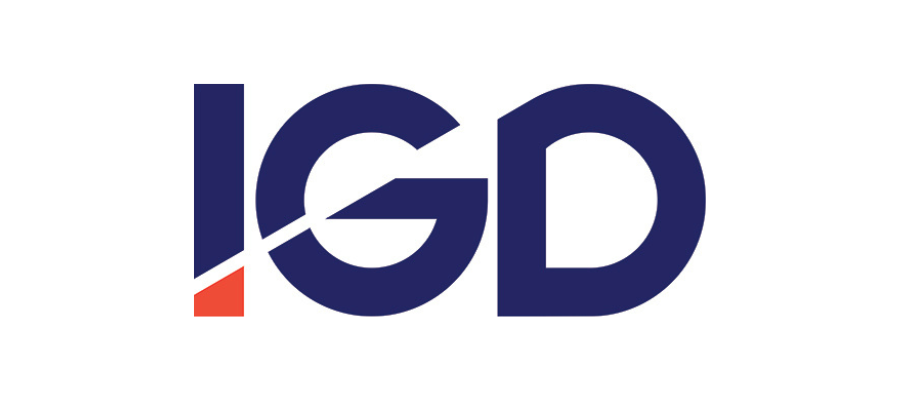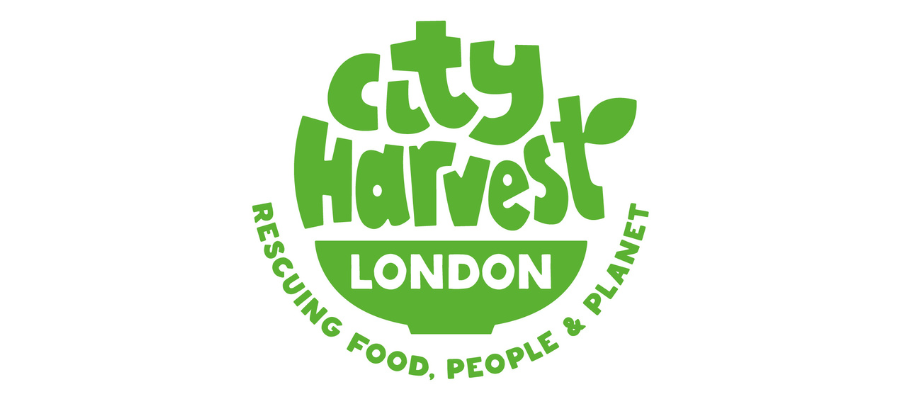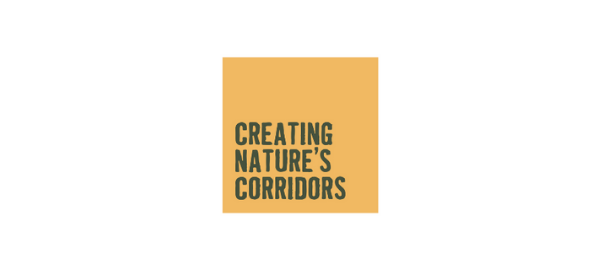Is My Roof Suitable For Solar Panels?
)
1. Size and Available Roof Space
How large a system can you fit on your roof? What’s the optimal system size to provide maximum benefit with respect to your onsite energy consumption and carbon emissions?
Many roofs contain obstacles (vents, generators etc.) to solar which cannot be removed as they form a key part of the building’s operations. Some roofs are simply very small in comparison with the consumption that occurs inside the building.
These fundamental factors will clearly impact the eventual size of the system and the amount of onsite consumption that will be renewably sourced once an installation is in place. Nonetheless, it may still be worth installing solar on a smaller scale - considerable energy savings may still be achieved, alongside tangible carbon savings.
On the other hand, if the available roof space isn’t big enough to justify onsite solar, it may be worth looking at neighbouring land for solar installation, or other renewable energy options such as corporate PPAs.
2. Roof Age and Condition
Solar panels have a 30-40 year lifespan, so it helps if the roof they inhabit can support them for this period. It’s best to avoid installing on areas with asbestos, for example, which will require replacement during the system’s lifespan.
If your roof is getting to the stage where it needs significant repair or replacement, this can be an excellent opportunity to consider solar at the same time as you’ll achieve economies of scale if you do the two projects simultaneously. If capital is tight, there are some PPA providers, including Two Blues, which will incorporate roof repairs into a fully funded solar installation.
This said, it’s not hard to undergo minor repairs to parts of the roof once solar is installed, so this shouldn’t be of major concern. Solar is modular, so you can fairly easily remove panels to work on specific areas of the roof if required.
Flat roofs can be more expensive for solar due to ballasted mounting systems (Image: Photon Energy)
3. Roof Structure
The shape and structure of the roof will affect both the suitability and cost of solar installation, as well as the mounting system used for panels. Solar panels are typically mounted flush onto pitched roofs, while flat roofs usually have free standing panels that are weighted by a ballast system.
The ballast systems used on flat roofs increase installation costs, whereas pitched trapezoidal roofs generally require the least capital expenditure. Your EPC or installer will be able to advise on which types of mounting systems and panel orientation best suit your roof.
4. Skylights
Many businesses we work with choose to cover over skylights during solar installations, in order to maximise the available roof space. This requires sheeting over the existing material, which can add some considerable cost to the installation and should be factored in if you are thinking of funding the installation yourself.
The key here is to understand the building’s consumption patterns, and whether a solar installation could be sufficiently large on the roof without the need for covering skylights. Some businesses prefer to keep skylights as a general rule, in which case the size of the system is limited to other available roof space. If avoiding skylights, it is worth considering requirements that certain insurers have, such as a minimum distance between panels and skylights.
Sheeting over skylights can add substantial capex to solar installation
5. Shading
Many roofs will have some elements of shading and typically this does not prohibit solar as “optimisers” can be used which will minimise the impact.
If there are large parapets or structures obscuring the roof, or overhanging trees which cannot be cut back, then it is may be best to avoid installing solar in these areas, particularly if you have other areas available. Your solar installer will be able to advise you on the best locations.
6. Local Environment
The prevalence of local birdlife, a particular issue in coastal areas, can greatly increase module cleaning costs (from you know what) and can lead to instances of nesting beneath solar panels.
A variety of companies have been set up to combat this very issue - some install netting above panels to repel seabirds, and some companies provide guards for solar panels which prevent nesting without endangering local wildlife. Some PPA providers also cover these maintenance costs in their energy rates, giving you one less expense to worry about.
It's worth checking your roof warranties and insurer docs to ensure all requirements are met
7. Roof Warranties and Insurance
Your solar installer or funder should always check roof warranties and insurance requirements before installing solar, as redesigns or warranty breaches will cause project costs to escalate if not spotted early. Many insurers, such as FM Global, have specific requirements around the type of solar panel permitted onsite, or restrictions around sizing and distance from skylights. At Two Blues, we always make sure to liaise with the insurer to make sure the system will suit their requirements.
Similarly, roof warranties can often contain stipulations around solar installation. However, as long as your installer is aware of these requirements, they should be able to identify solutions to ensure compliance. Some Kingspan roof warranties, for example, prohibit the use of non-Kingspan solar installations on their roof. It is worth clueing up on any of these specific considerations before making key decisions on your installation.
The upshot:
Solar installation can be complex with many moving parts, and assessing the suitability of the roof is no exception. The 7 key factors outlined above can have a substantial impact on the scale, cost, and occasionally the overall feasibility, of solar installation.
Efficient management of the process and due diligence are therefore essential. It is why many businesses look to hire a solar project manager or consultant to oversee the process and ensure nothing is slipping through the cracks. The above roof considerations are significant, but in most cases do not disqualify a site from reaping the sustainability and economic benefits of solar.
If your business is keen to install solar but finds it hard to justify the capex investment, solar funding such as power purchase agreements (PPAs) can keep the door to solar open where it might otherwise close. At Two Blues, we fund 100% of a businesses’ on-site solar installation, and can factor in the costs of tricky roofs or roof repair. Our aim is to present a PPA price that delivers significant energy cost savings alongside contributing to your net zero goals.



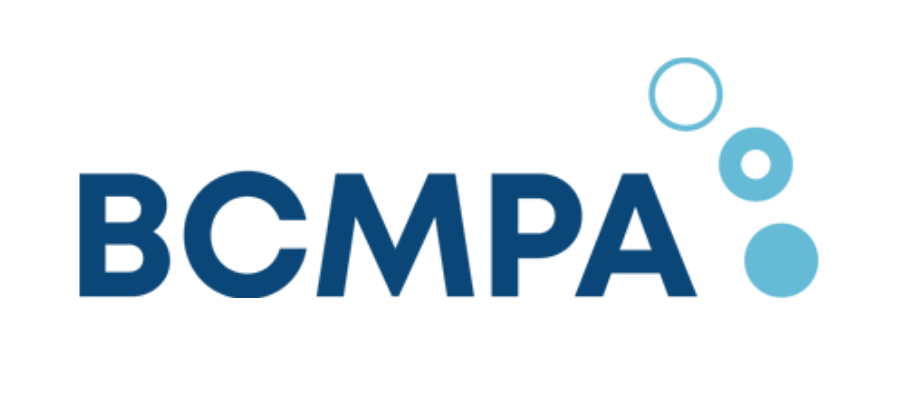

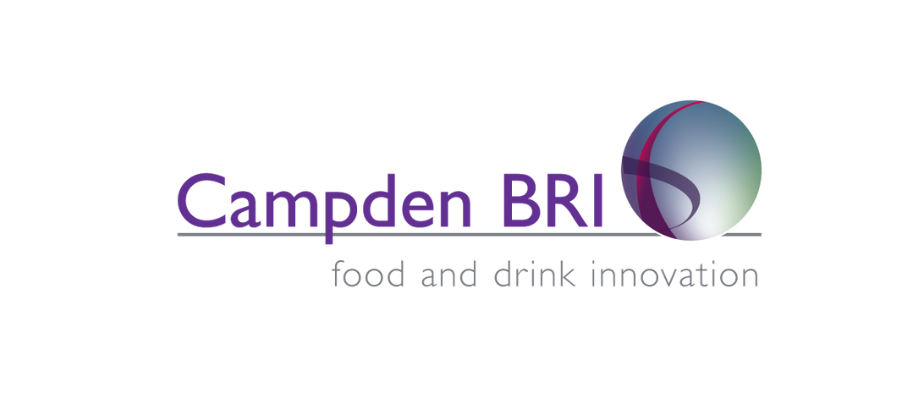
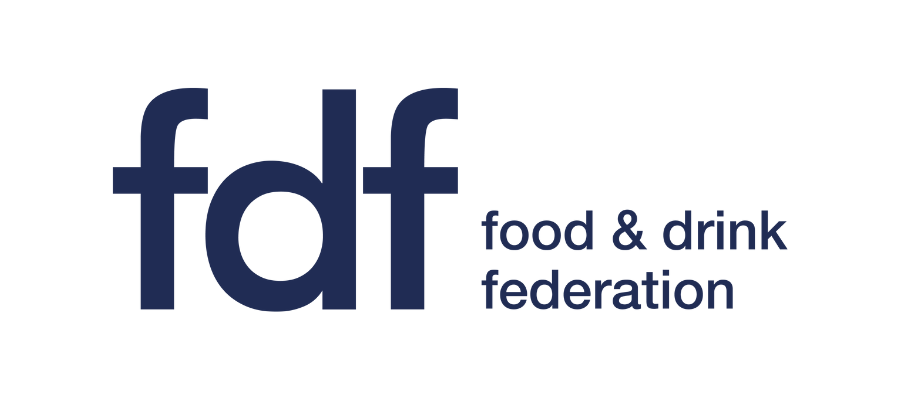


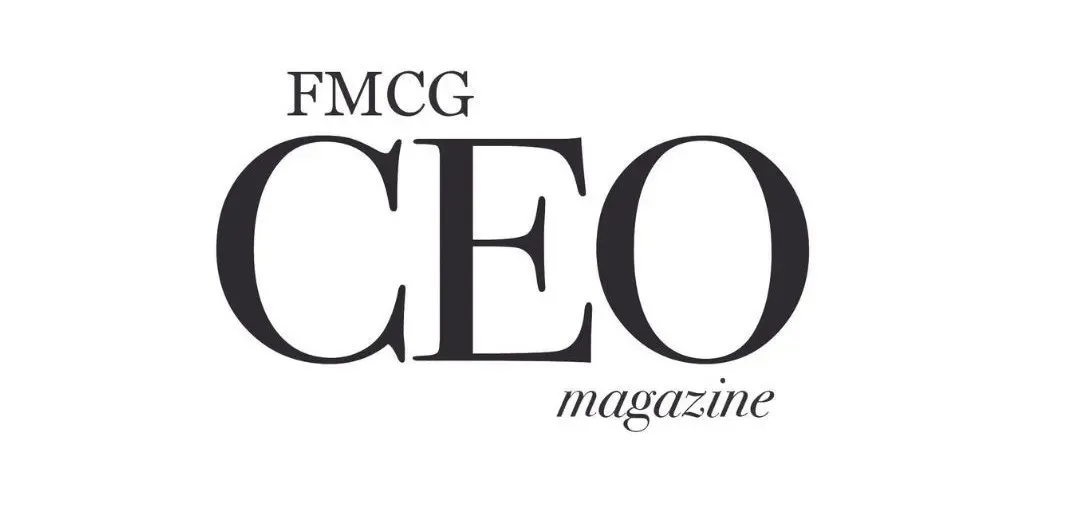
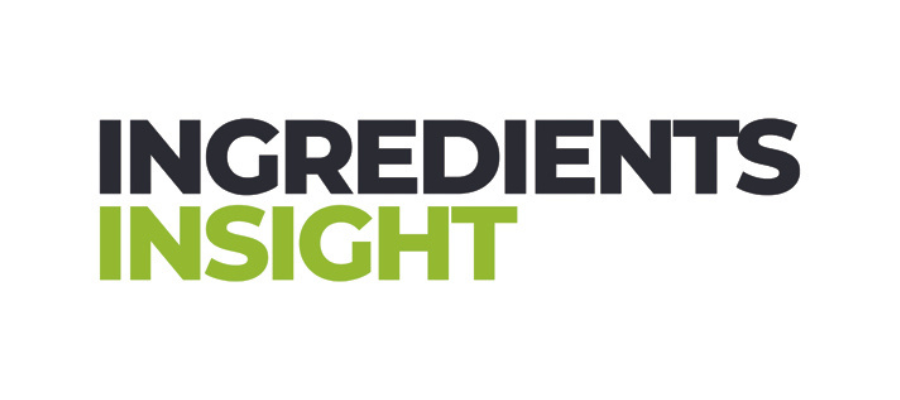

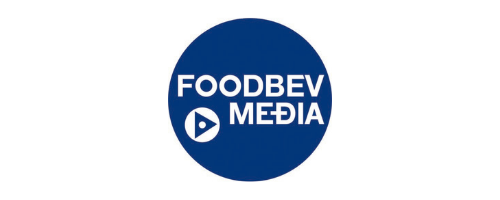
.png)


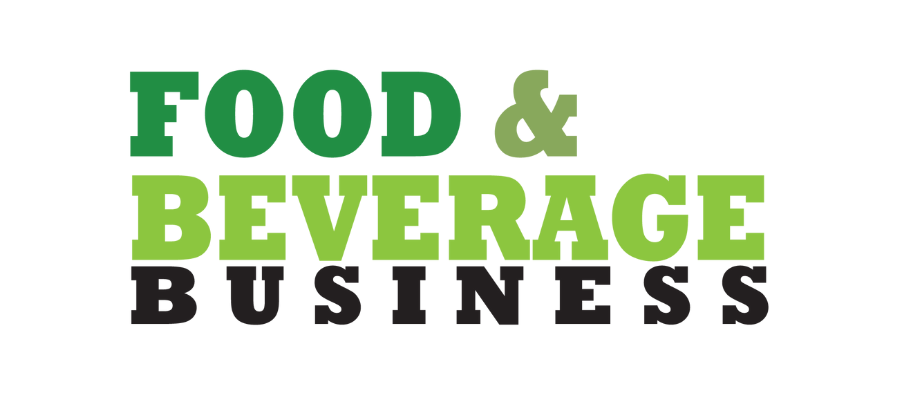
.png)
